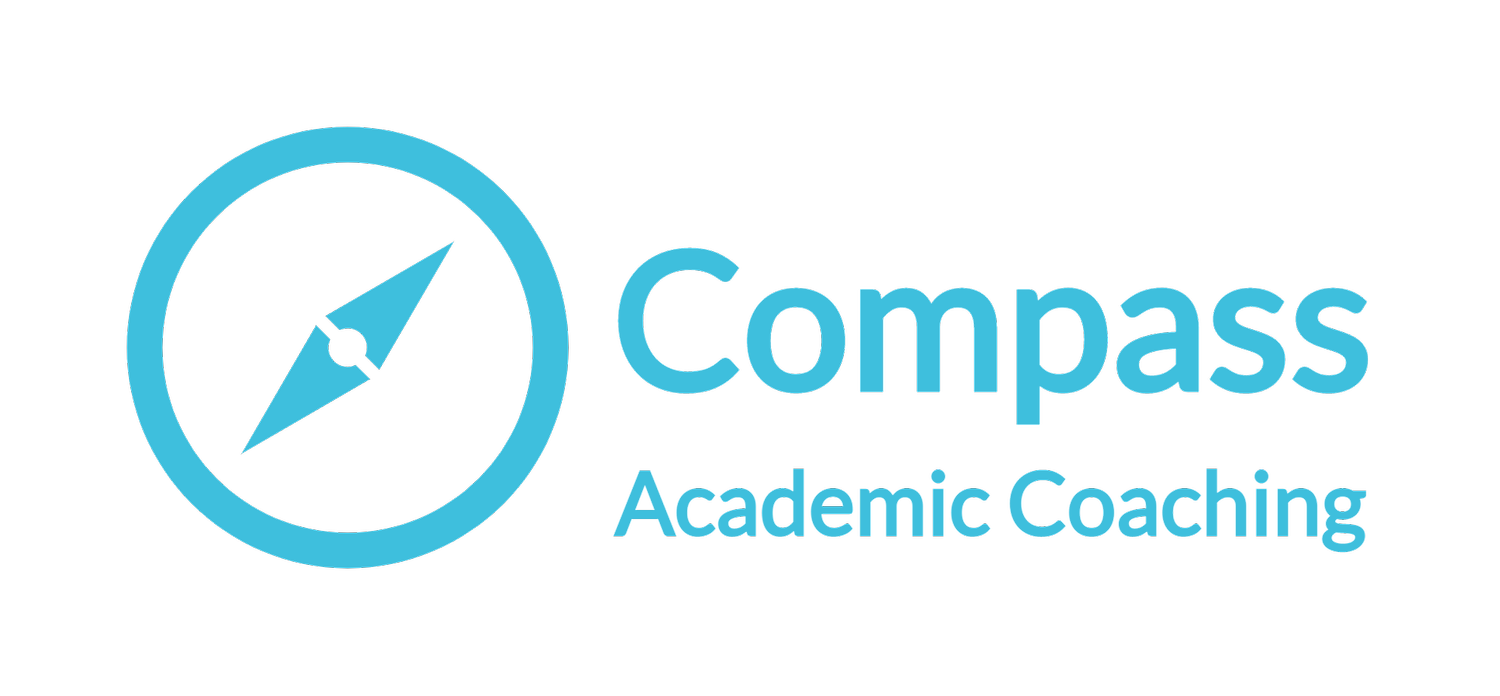The Ingredients of Your Social Science Dissertation
Let’s talk about some ingredients…
If you are a doctoral student working on a social science dissertation proposal, these words are bouncing around somewhere in your brain and in your draft:
problem
gap
purpose
research question
methodology
contribution
But if you are like most of my clients, what all these words mean and how they are different from each other is a bit fuzzy. That’s okay. You are learning to do research by doing research. In this post, I illustrate why these basic ingredients are so important and why they have to align with each other. I’ll use a cooking metaphor, so I hope you’re hungry!
Why ingredients?
Any good stew, salad, or cake is a successful combination of ingredients and technique. Likewise, your research project is a combination of elements that must work together. When cooking or baking, you have lots of choices but also some limits; when designing a study, your choices also need to fit with each other and accepted practice. But it’s hard to know what’s acceptable when you are just starting out—and at the same time, you are being pressed to do something innovative! Sigh. How do you know if chocolate and watermelon work together? How do you know if braising is the right method for the cut of meat you have in front of you? By learning from recipes, trial and error, and feedback.
Why “alignment”?
A lot of doctoral students hear “your methods aren’t aligned with your research question” or “I don’t see a problem here” and feel like their advisor just doesn’t like their idea or doesn’t understand what they are trying to do. But alignment is one of the key factors your readers are looking for.
Have you ever been cooking from a recipe that has a misprint? A step completely left out? Or an ingredient mentioned in the instructions that wasn’t on the list? If you are trying to cook from a misprinted recipe, you might try to guess what the recipe author meant to write. Or you can see that the recipe, as written, just won’t work. For a reader trained in research design, that’s what misalignment in a research proposal feels like.
Getting to know those basic ingredients…
I’d like to introduce six basic ingredients that show up in all social science research. Like bread must have something to rise, something to make it rise, something to hold the two together, and a heat source, a research project has to have these ingredients to make sense as a research project. I’m planning a series of posts that will explore these ingredients in more depth.
A problem
A real-world problem that motivates your research. It can often be illustrated with numbers. You don’t have to solve the problem with your study; your study adds something to community knowledge that can help solve it. I always encourage writers to lead with the problem. Without a problem that matters, readers have no reason to keep reading your work.
A gap
This is a gap in the literature. It has to be related to the problem you identified. For every problem, researchers know some stuff, but they don’t know everything. You have to show readers what researchers don’t know yet.
A purpose
Now that you’ve found a gap—a missing piece of information needed to tackle the problem—what are you going to do about it? Different kinds of research use different kinds of verbs for the purpose, so finding the right verb(s) is one way you align your research design.
A research question
Some research articles will state only a purpose. But if you are writing a dissertation or thesis, you need to formulate a research question. Or a few research questions. The language of the question(s) must match the language of the purpose and fit with your methodology.
A methodology
How are you going to answer that research question? “Methodology” and “methods” and “research design/approach” might all be used to label this component. But whatever it’s called, this is your plan. From the biggest picture choice (quantitative, qualitative, or mixed methods?) down to the nitty-gritty details of data collection and analysis, you must share your plan and show readers, by citing research methods literature, why it’s a solid plan to answer your research question.
A contribution
Sometimes this is called “significance” (but “significance” can also mean the significance of your problem). It might include recommendations and implications. Basically, after you get your answer to your research question, so what? Who cares? You need to show readers that taking the trouble to answer your research question(s) is worthwhile by showing how the answers will benefit people and contribute to tackling that problem.
Learning to Cook
Getting to this mysterious “alignment” is usually a struggle. I have young kids who are learning to cook, and that’s a struggle for them, too. Be assured that some struggle part of the learning process. And it is also okay to ask for help in the kitchen as you are figuring things out. Watch the blog for more posts diving into these basic ingredients.

